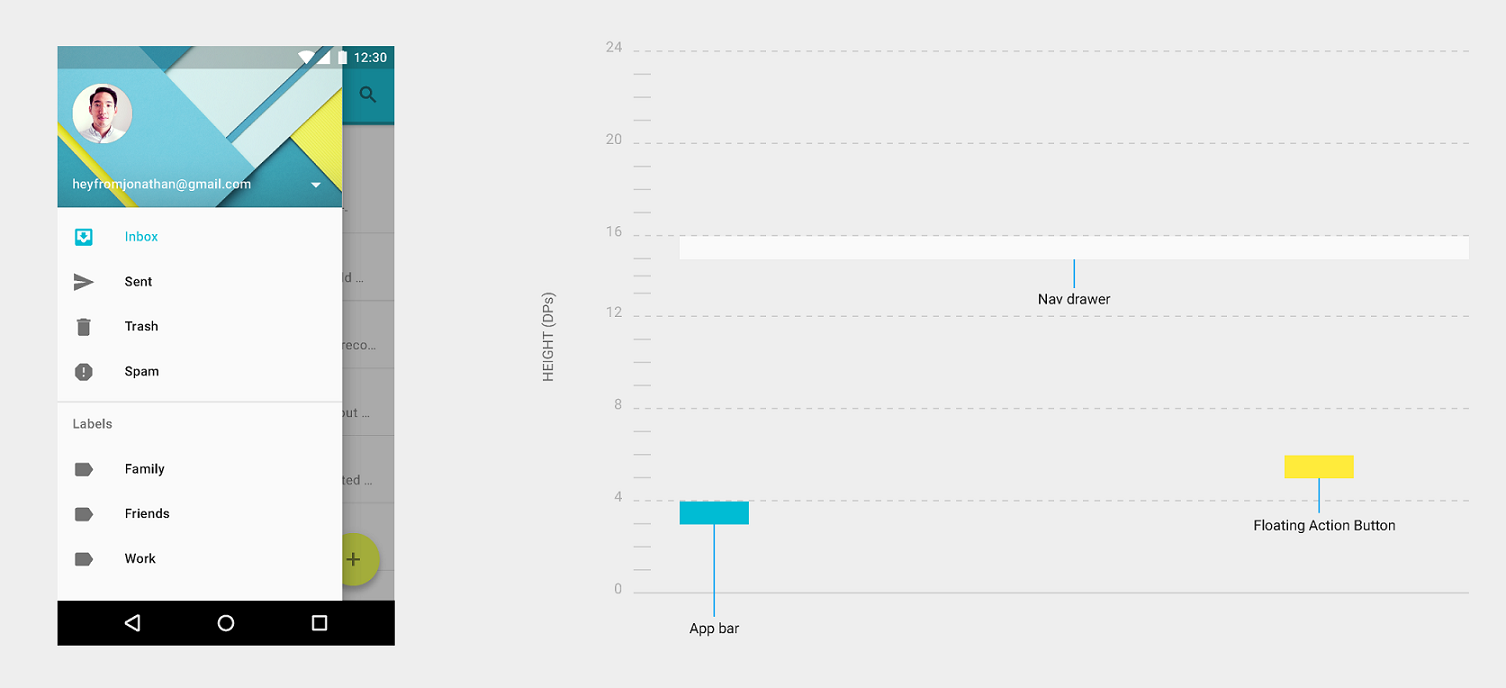The importance of Material Design: Page 2 of 2
By Anushia Kandasivam August 1, 2017
Not a bible

If UI is important for UX, the material design guidelines make things easier for Android designers not least because it tells them how the UI works for different devices and screen sizes. It significantly reduces the problems of fragmentation in third-party software so that, technically, designers do not face scenarios where their design does not scale for different screen sizes, for example.
In fact, according to Google, the guidelines were created as a step towards developing “a single underlying system that allows for a unified experience across platforms and device sizes”.
Taylor Ling (pic, above), co-founder and chief design officer of habit-forming companion app Fabulous, which won Google’s Material Design Award for Most Charming Engagement this year and was nominated for Google Play’s Best App Award, opines that though the guidelines are a great tool, designers must be careful to not allow them to restrict innovation.
“People think that if they follow the guidelines completely, they will create the best and most successful app, but this is the wrong way to look at it. It’s just a design guideline, it doesn’t fix bad UX. An app with bad UX has no value to the user,” he says.
Even so, Ling says that some designers treat the material design guidelines as a bible not just to the detriment of UX; they end up losing the personality of the app’s own brand. “You can absolutely deviate from the guidelines if necessary. They are basically general design principles for you to know. Ultimately, your design must be able to make your brand shine,” he emphasises.
“Ignoring or losing brand identity when designing is a rookie mistake,” adds Shafwan. He prefers to see the guidelines as a sort of default design setting to which designers can add their own flavour. “Some of the guidelines restrict you in a way. If you just follow the guidelines blindly the UI might not work. Sometimes you need to push out of the box a little bit.”
“It’s great for people who are just starting out with designing or those who don’t want to spend a lot of time thinking about the logic of design – they can just follow the guidelines,” he continues.
Things to get right

Though Ling opines that Google never meant the guidelines to spawn trends in UI, it seems that they do in the end do this solely by existing. Material Design is a living document and the guidelines change over time, which may, says Ling, reflect current trends in UI.
On the other hand, design that completely ignores Material Design and does not use the popular Android UI risks alienating users. Ling, however, says that such apps can still be successful as long as the design takes into account the human factor – who the user is, how they use the app and for what purpose. In other words, UX that works will save an unusual or different UI.
Shafwan says that getting a design to work on the first try is very difficult, and the only way to know that the design really works is through user validation. What a designer must strive to get right from the very beginning is the UX.
“The flow, the essence and the idea of the app must be correct first. This is not just on the design side of things but also on the development side. The developer needs to be clear on the vision of the app, and there must be clear communication with the designer,” he says.
Lack of communication between designer and developer is a common mistake and one that can severely impact the success of an app. “The engineer is the one who builds the product that the user is going to use, so no matter how great the design idea is, without clear communication between developers and designers, the end product will never work,” says Ling.
Ling adds that the one thing that designers must always remember not matter what device, software or brand they are designing for is that the product is not going to be used in an imagined ideal world but rather in the deal world where the diversity of users and availability of technology are varying factors. Interaction patterns, bad data connections and numerous other factors must be considered.
In the end, the important thing about UI, and about material design is that it is design with a purpose. “Before you do anything else, you must understand what problem the product is trying to solve. A designer cannot think about it just from the perspective of art. It has to be functional. If you have no constraints whatsoever then it can be art. But design has to have constraints,” says Ling.
Material Design being a living document means that there is always room for improvement, but the unity of design that the guidelines have so far created hints at better, more interactive and evolving design in the future.
Related stories:
Bringing the future a step closer to home
Google for Entrepreneurs, KIBAR launch Google Lounge
For more technology news and the latest updates, follow us on Facebook,Twitter or LinkedIn.


